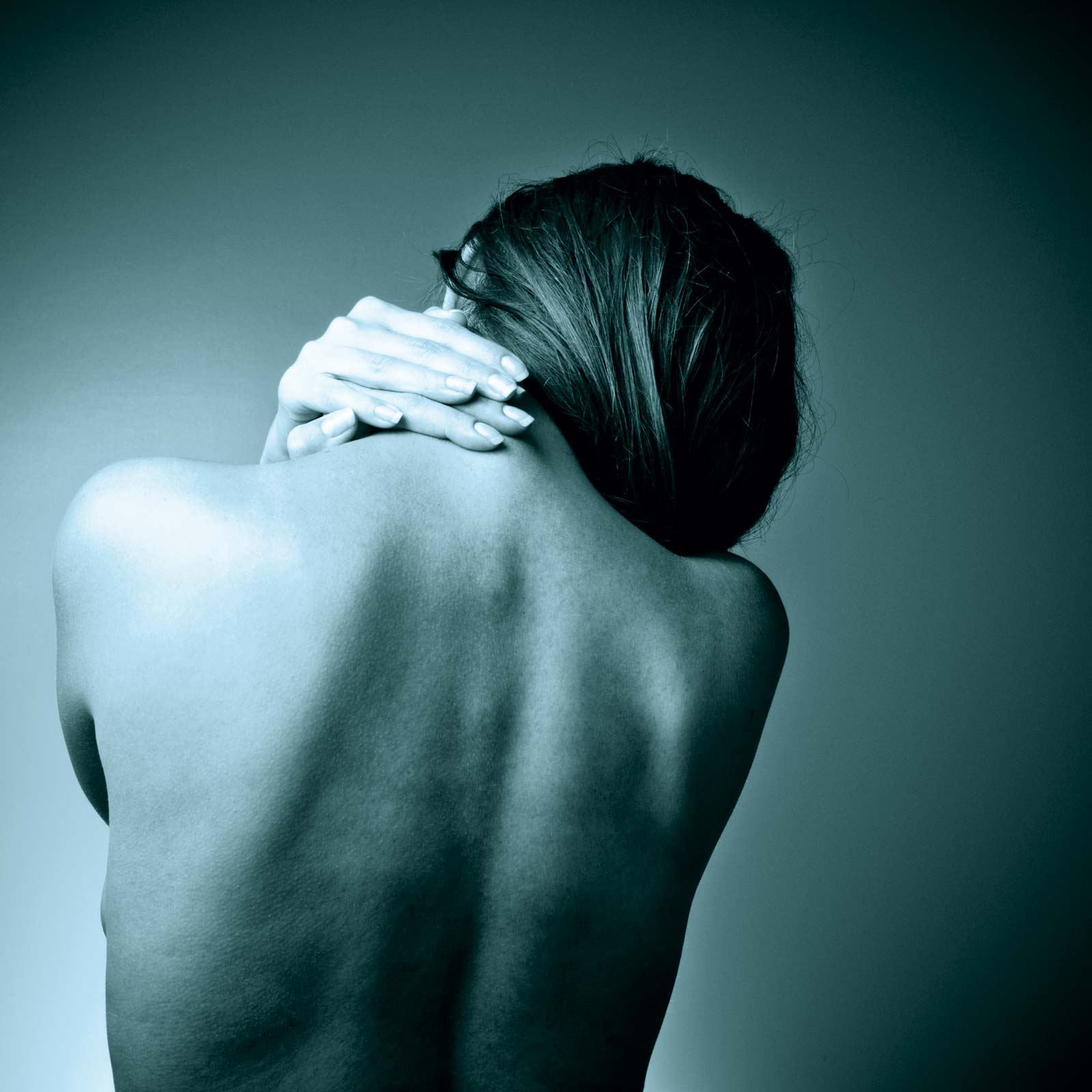THE ELBOW
The elbow is a synovial joint composed of three elbow joint articulation: the trochlea and ulna, the capitelum and the radial head and the proximal ulnar and radius.
The elbow is both a hinge joint and a ball and socket joint. As muscles contract and relax, two unique motions occur at the elbow.
* Bending occurs through a hinge joint that allows the elbow to bend and straighten. This is called flexion and extension, respectively.
* Rotation occurs though a ball and socket joint that allows the hand to be rotated palm up and palm down. This is called pronation and supination, respectively.
The medial elbow joint is stabilized by the ulnar collateral ligament, of which the anterior band is the most important. Other components of the ulnar collateral ligament include posterior and oblique bands.
Lateraly the joint is stabilized by the lateral collateral ligament complex.
Anterior to the ulnar joint the brachialis muscle inserts on the ulna, and biceps brachii tendon inserts on the radial tuberosity. Posterior the triceps brachii inserts on the olecranon process and lateral epicondyle of the humerus.
Nerves
The space between the olecranon process of the ulna and the medial epicondyle is bridged by the cubital tunnel retinaculum and contains the ulnar nerve.
The median nerve is located medial to the brachial artery and courses distally between the ulnar and humeral heads of the pronator teres muscle.
The radial nerve is located at the posterior aspect of the humeral shaft and then courses distally and laterally beneath the brachioradialis muscle.
Normal X-rays of the elbow (Profile/face)


